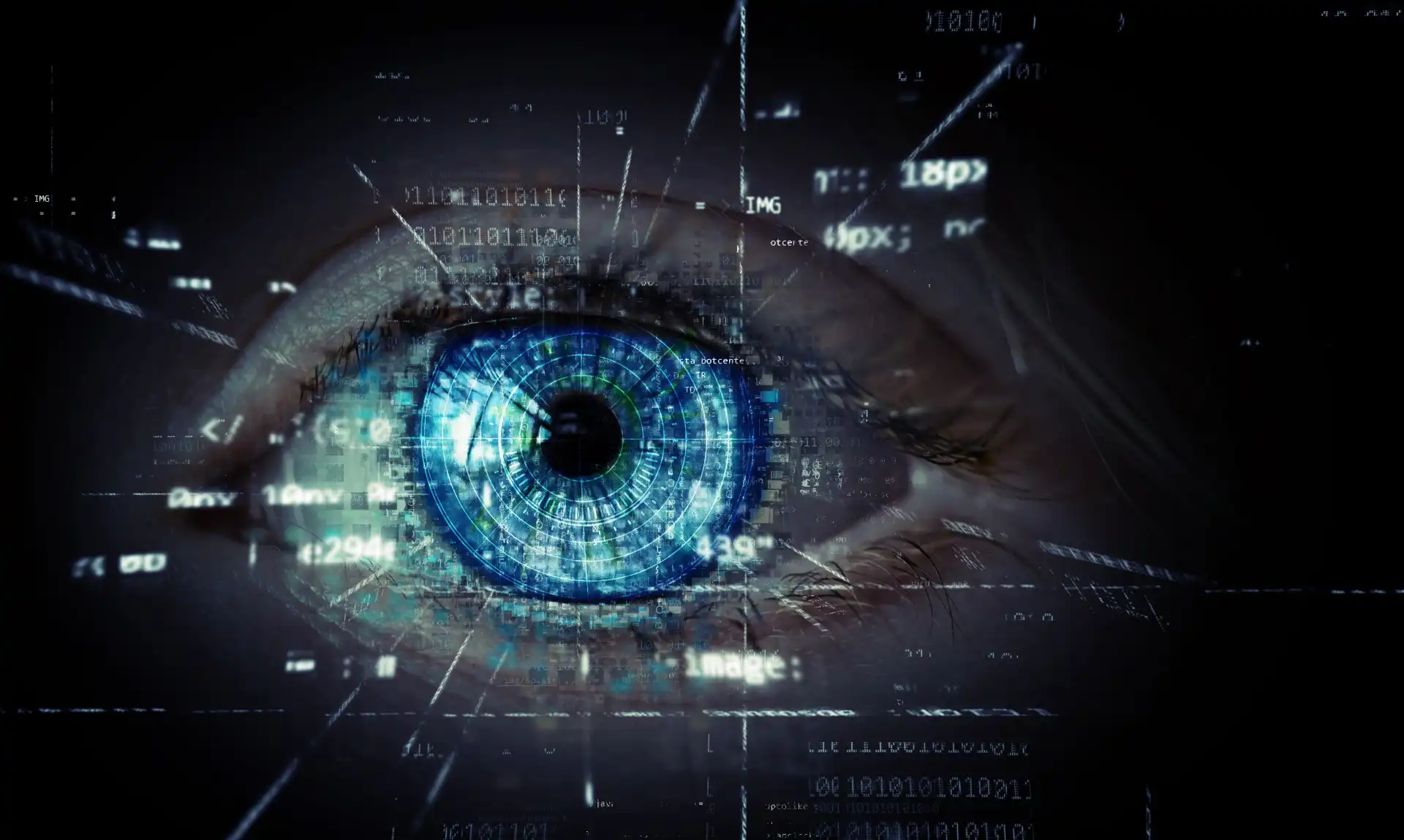The revolutionary tandem of Voyager 1 and Voyager 2 spacecrafts, previously launched by NASA to explore the cosmos, now reside in interstellar space. They were initially launched in the late 1970s. Despite being billions of miles from our planet, these machines continue to receive remote software updates. A truly remarkable testament toward human technological prowess.
Voyager 1, present nearly 14 billion miles away from Earth, has recently received yet another software update, marking their seventh across a journey of over four decades in space. Its counterpart, Voyager 2, currently resides just over 11 billion miles from Earth and has experienced the same number of iterations.
The need for these updates on a remote level largely stems from the ageing hardware of the probes. Specifically, their attitude control thrusters had been starting to deteriorate due to prolonged usage. These thrusters assist the craft in orienting itself appropriately to communicate with Earth.

In 2018, NASA engineers decided to switch to the more robust trajectory correction manoeuvre (TCM) thrusters on Voyager 1, which had remained dormant for 37 years. This switch allowed NASA to manage its flight data system (FDS), its digital tape recorder, and its heaters, which were essential in preventing the craft's fuel lines from freezing.
The challenges surrounding these remote updates are manifold but primarily revolve around the timing. Given the sheer distance between the crafts and Earth, a duplex round trip delay time (RTDT) needs to be accounted for in communicating datas. This RTDT indicates the time taken by a command from Earth to reach the spacecraft, and the time it takes for an acknowledgment to return.
For Voyager 1, travelling at the speed of light, the RTDT to our planet is roughly 39 hours. For Voyager 2, this time stands at 30 hours. Hence, the engineers must pre-emptively schedule the commands to the crafts, considering this incredible delay, ensuring all activities are carefully timed.
Ed Stone, the project scientist for the Voyager mission, explains that the opportunity of updating these far-reaching probes is like playing a game of chess with the Universe. Each move must be carefully considered, with engineers keeping a watch on the expected responses after each change.
The next challenge materializes in the form of extensive testing. Engineers physically carry out the proposed changes on the Voyager's twin, located at the agency's Space Flight Operations Facility in California. This identical craft was one of three siblings created by engineers, designed to match the probe, enabling thorough testing before live implementation.
Previously in 2017, as the thruster switch took place, thousands of lines of assembly code were updated. This upgrade took several weeks of testing, commencing at the simulator before transitioning to the live spacecraft. Such testing is crucial to avoid any potential catastrophic software crashes.
Given the immense physical distance, the operations require a deep understanding of the spacecraft and its programming. The code must be written flawlessly, as there is no scope for on-the-spot adjustments. Despite sterling efforts, the effects won't be known until approximately two days times, when the command returns to Earth.
Despite the innate human necessity to ensure all precautions, there is a part of the process that transpires beyond the realm of control or prediction: the subsequent performance of the decades-old hardware after the software update. Though engineers painstakingly work to ensure accuracy, the outcome at best remains an educated guess.
In the light of the hurdles and difficulties, the operations have so far been a resounding success for NASA. With Voyager 1 and 2 still operational and getting regular software updates, these missions continue their historical exploration of space, serving as humanities' mechanical ambassadors in far-off territories.
These spacecrafts have contributed heavily to understanding space through their long sojourns. Their historical journeys have revolutionized space exploration, providing unprecedented insights into cosmic boundaries and the vastness of the Universe.
The Voyager probes' journeys exemplify the tenacious spirit of human exploration. As these spacecrafts journey into the great expanse, they carry with them a golden record filled with sounds, images, and music, serving as an interstellar message-in-a-bottle from Earth.
Continued software updates only extend this extraordinary voyage further, keeping these probes active and communicative for as long as possible. The ongoing support and maintenance underline the collective human aspiration to broaden its understanding of the Universe beyond our own little planet.
Albeit laden with challenges, remote software updates of the Voyager probes present an evolutionary stride in space exploration and technology. As Voyager 1 and 2 journey further into the unknown, they continue to provide rudimentary lessons in persistence, innovation, and daring exploration. They serve as a testament to our collective desire to extend our reach into the cosmos.
These updates represent the years of dedication, perseverance, and skill of NASA's talented engineers who have taken upon themselves to continue nurturing and guiding these tangible symbols of the human thirst for knowledge and discovery.
In the grand scale of space and time, the Voyager mission is a microcosm of our existence and exploration. With each software update, Voyager 1 and 2 continue to surpass expectations, expanding the horizons of human knowledge and possibility.
As Voyager 1 and 2 continue their relentless endeavour into the deep space, they are echoes of humanity's deeply ingrained curiosity and pursuit of understanding the infinite cosmos. Through each remote software update, the mission nudges a little further into the immense cosmos, unveiling the proverbial curtain of the Universe a little more.